- Home
- Articles
- Architectural Portfolio
- Architectral Presentation
- Inspirational Stories
- Architecture News
- Visualization
- BIM Industry
- Facade Design
- Parametric Design
- Career
- Landscape Architecture
- Construction
- Artificial Intelligence
- Sketching
- Design Softwares
- Diagrams
- Writing
- Architectural Tips
- Sustainability
- Courses
- Concept
- Technology
- History & Heritage
- Future of Architecture
- Guides & How-To
- Projects
- Interior Design
- Competitions
- Jobs
- Store
- Tools
- More
- Home
- Articles
- Architectural Portfolio
- Architectral Presentation
- Inspirational Stories
- Architecture News
- Visualization
- BIM Industry
- Facade Design
- Parametric Design
- Career
- Landscape Architecture
- Construction
- Artificial Intelligence
- Sketching
- Design Softwares
- Diagrams
- Writing
- Architectural Tips
- Sustainability
- Courses
- Concept
- Technology
- History & Heritage
- Future of Architecture
- Guides & How-To
- Projects
- Interior Design
- Competitions
- Jobs
- Store
- Tools
- More
Don’t Ignore Your HVAC System: Maintenance Tips for Optimal Performance
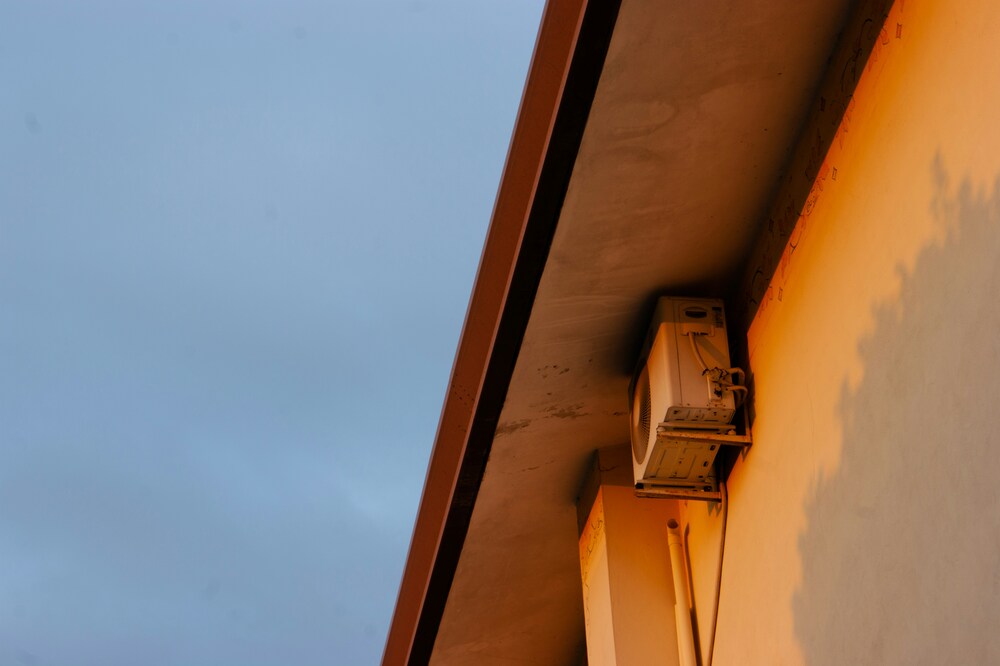
An HVAC system is one of the most important components of any home or business, silently working to maintain comfortable indoor temperatures year-round. It often gets neglected until a breakdown occurs, resulting in costly repairs or complete system failure. Routine maintenance can prevent these problems and help extend the life of the system.
Understanding how to care for heating, ventilation, and air conditioning equipment can make a major difference in efficiency, reliability, and comfort. Here are several practical maintenance tips that will help keep your HVAC system running at its best throughout the year.
Table of Contents
ToggleClean and Replace Air Filters Regularly
Air filters play a crucial role in maintaining the quality of indoor air and the efficiency of an HVAC system. These filters accumulate dust, pet dander, and other airborne particles, which restrict airflow and cause the system to work harder. This strains the components and can lead to uneven temperature distribution and higher energy bills.
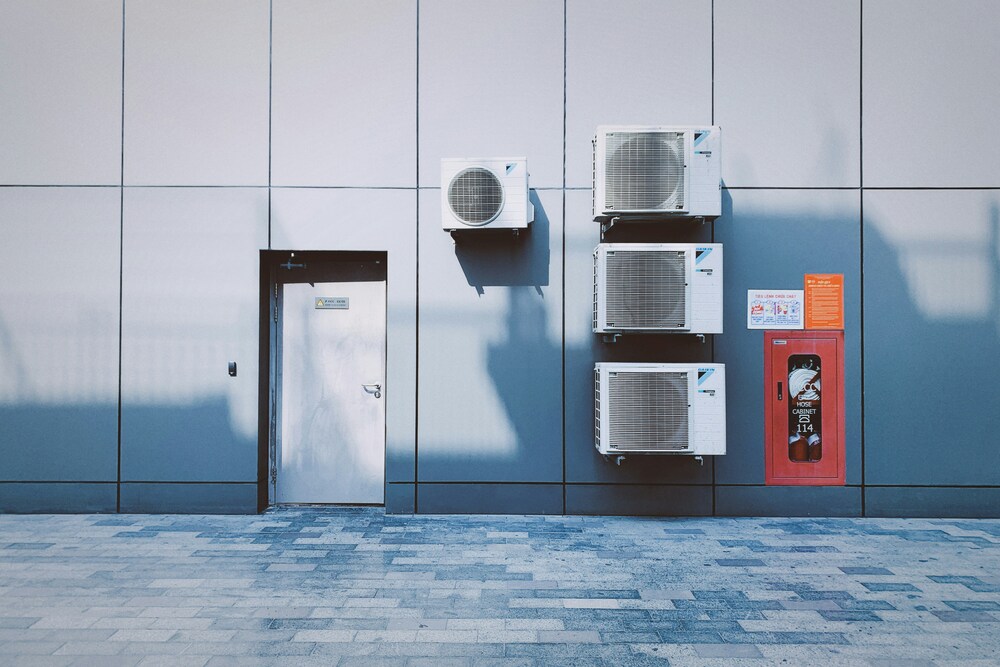
Experts recommend inspecting filters once a month and replacing them every one to three months, depending on usage and environment. Homes with pets, smokers, or high pollen levels might require more frequent replacements to maintain healthy air circulation and optimal performance. Keeping a supply of replacement filters on hand ensures that maintenance can be performed promptly without delay.
Schedule Professional Maintenance Twice a Year
Although many maintenance tasks can be handled independently, professional inspections remain an important part of HVAC care. Technicians and home air conditioning experts can identify potential problems before they become major repairs, such as refrigerant leaks, electrical issues, or worn components. A biannual maintenance schedule, once before summer and once before winter, ensures that the heating and cooling systems are prepared for seasonal demands.
During these visits, professionals typically check refrigerant levels, inspect belts, lubricate moving parts, and test system controls. Regular servicing extends the system’s lifespan and preserves warranty coverage, offering peace of mind and consistent performance.
Keep Outdoor Units Clear of Debris
The outdoor condenser unit needs proper airflow to function efficiently, but it often becomes surrounded by leaves, grass clippings, or dirt buildup. When airflow is restricted, the system struggles to release heat, reducing cooling efficiency and increasing wear on the compressor. Keeping a two-foot clearance around the unit helps prevent such issues.
It’s a good idea to periodically clean the unit’s fins with a soft brush and remove any debris lodged in the coils. Trimming nearby plants and ensuring good ventilation around the unit supports steady operation and helps the HVAC system maintain consistent indoor comfort.
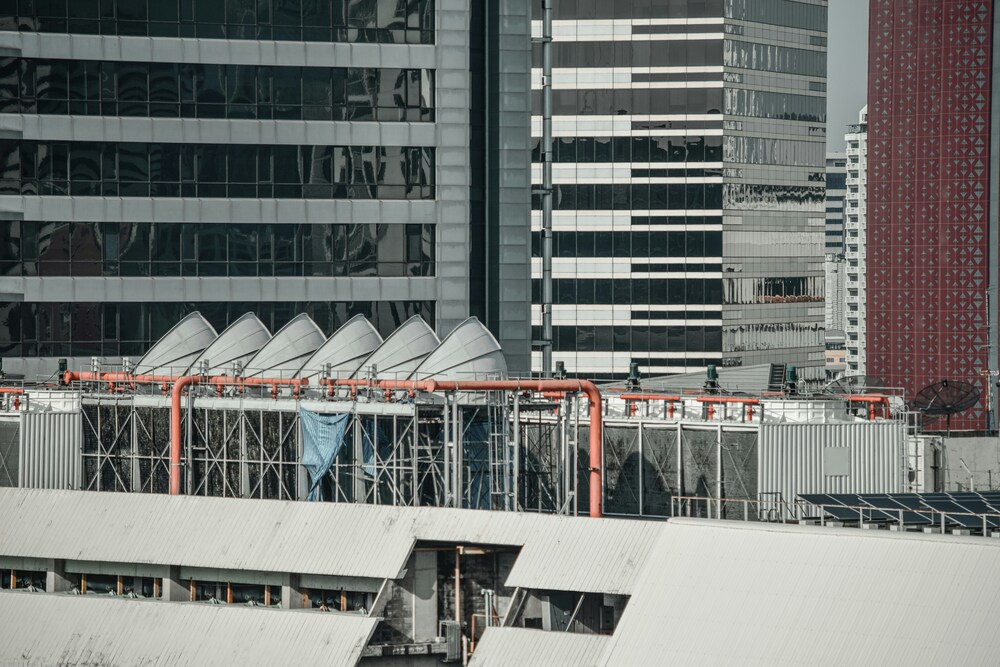
Inspect and Clean Air Ducts
Air ducts distribute conditioned air throughout a building, and when they become clogged or leaky, energy efficiency drops significantly. Dust accumulation, mold growth, or pest infestations inside ducts can affect performance and indoor air quality. A professional duct inspection can reveal leaks or blockages that cause uneven heating or cooling.
Cleaning the ducts every few years helps the HVAC system deliver cleaner air and reduces strain on the blower motor. Sometimes, sealing small leaks with specialized tape or insulation can make a noticeable difference in energy consumption and comfort.
Check Thermostat Settings and Functionality
A malfunctioning or poorly programmed thermostat can make an otherwise efficient system perform poorly. Regularly checking thermostat settings ensures that the temperature is accurate and that the system isn’t running unnecessarily. Smart thermostats are useful for managing energy consumption, allowing users to program heating and cooling schedules that align with their daily routines.
Testing the thermostat’s calibration and battery power helps avoid unexpected system downtime. Small adjustments, such as reducing usage during unoccupied hours, can significantly lower energy costs without sacrificing comfort.

Monitor Energy Usage and System Performance
Keeping an eye on energy bills can reveal early signs of HVAC inefficiency. A sudden spike in energy use often signals that something in the system isn’t functioning as it should. Monitoring how long the system runs and how effectively it maintains the desired temperature can help detect issues such as refrigerant leaks, dirty coils, or blocked vents.
Homeowners can use energy-monitoring tools or apps to track consumption patterns. Promptly addressing these warning signs prevents further damage and maintains steady comfort levels, reducing repair expenses and environmental impact.
Maintaining an HVAC system involves consistent care, inspection, and attention to performance. Simple steps like clearing debris, checking thermostat settings, and scheduling professional tune-ups can prevent unexpected breakdowns and lower long-term costs.
A well-maintained system provides reliable heating and cooling, and promotes healthier indoor air and improved energy efficiency. By making HVAC maintenance a routine part of home or business care, comfort and performance can be preserved year after year.
illustrarch is your daily dose of architecture. Leading community designed for all lovers of illustration and #drawing.
Submit your architectural projects
Follow these steps for submission your project. Submission FormLatest Posts
Best Tools for Tracking Construction Labor Hours
Quick View of the Products Listed Best Overall: Workyard – Complete construction...
More Than a Gate: Designing a Secure and Stylish Home Entryway
A property’s entrance tells a story before a single guest steps inside....
Employer Liability and Smartphones: When Work Texts Cause Crashes
In today’s connected world, it’s nearly impossible to separate work from daily...
What Are the Best Topics for Architectural CE?
By now, every architect in the United States understands that continuing education...








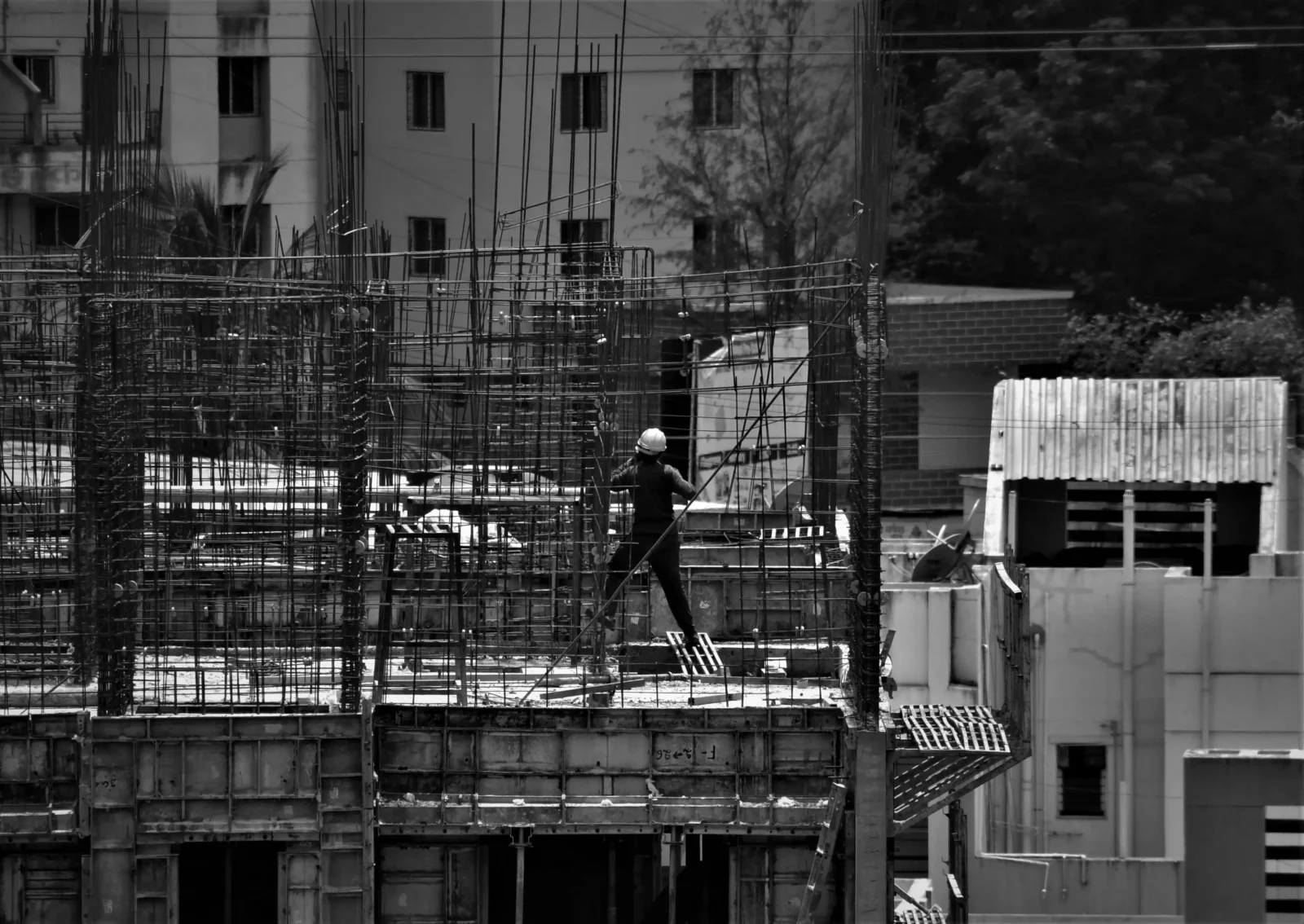
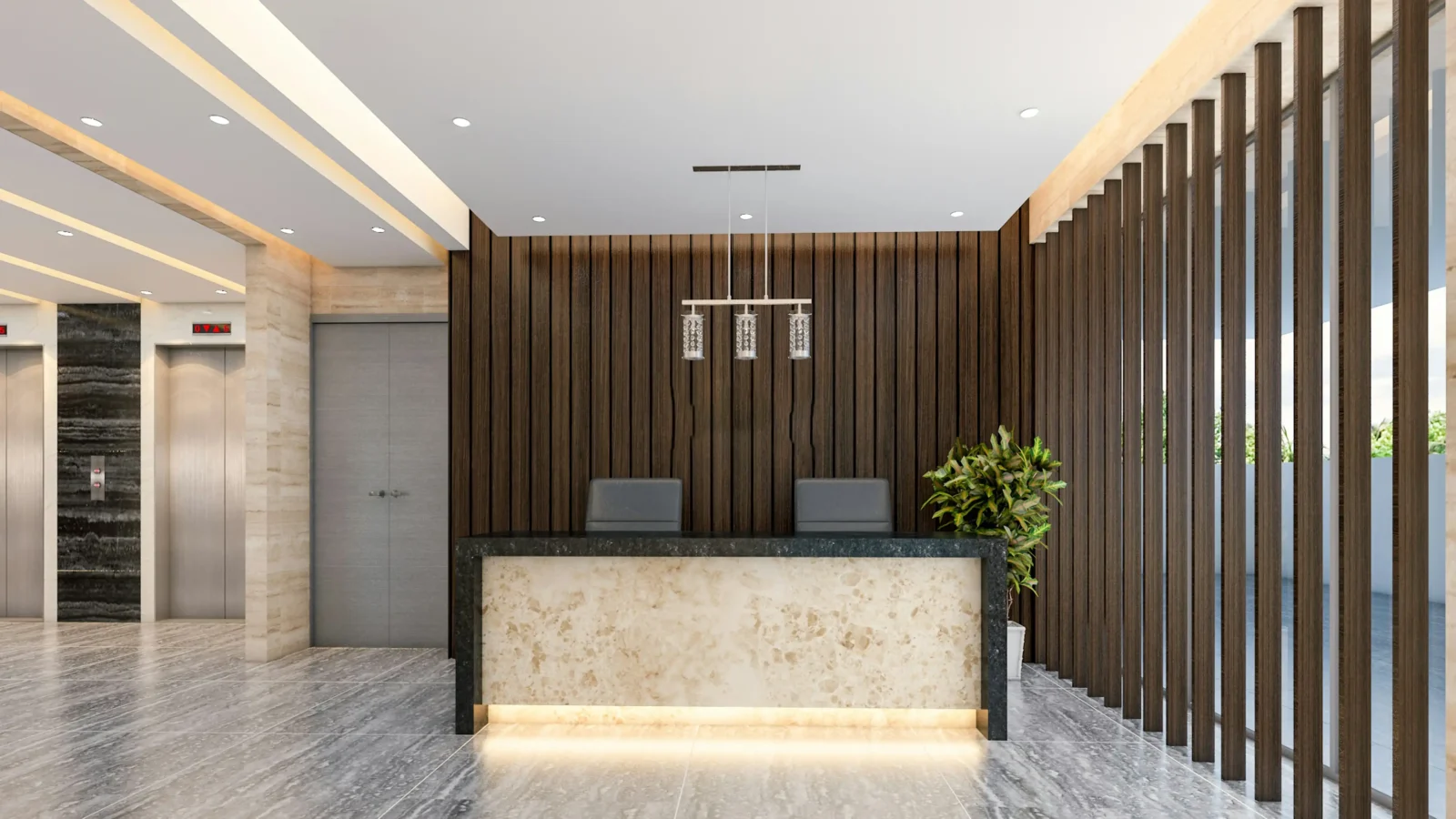


Leave a comment